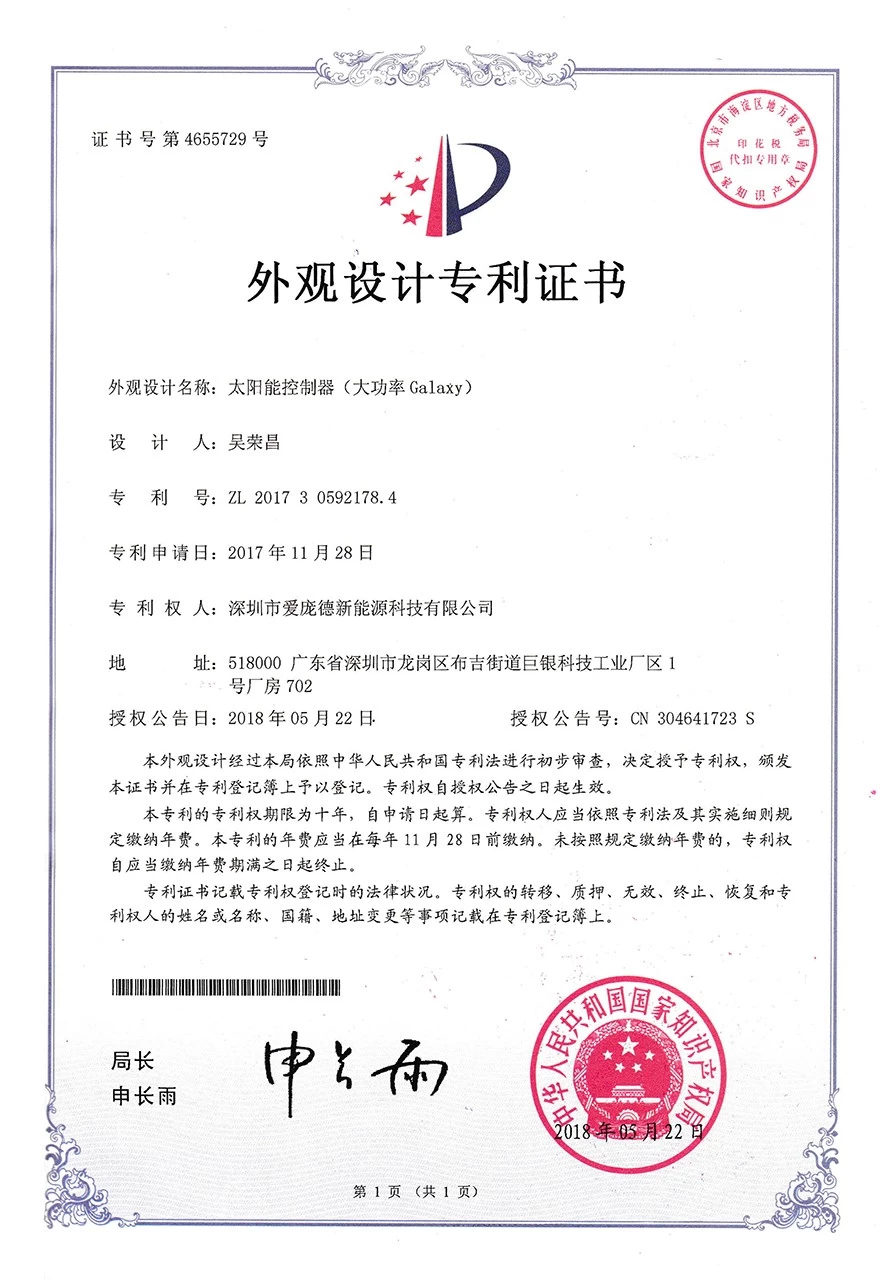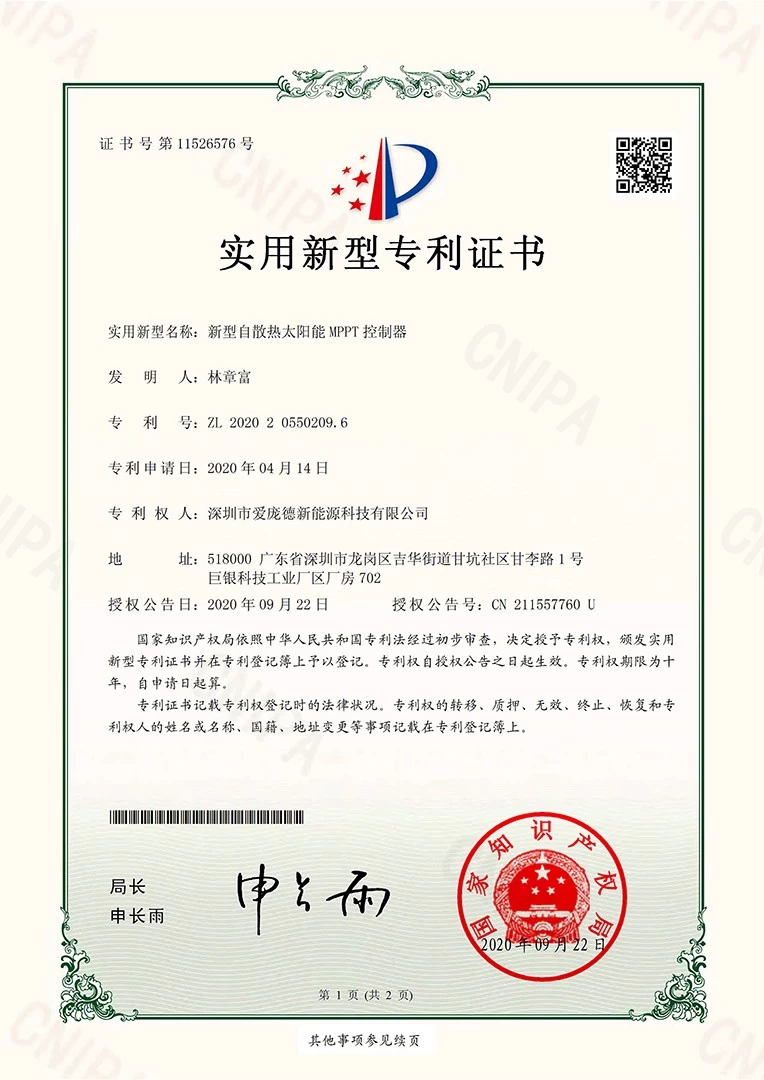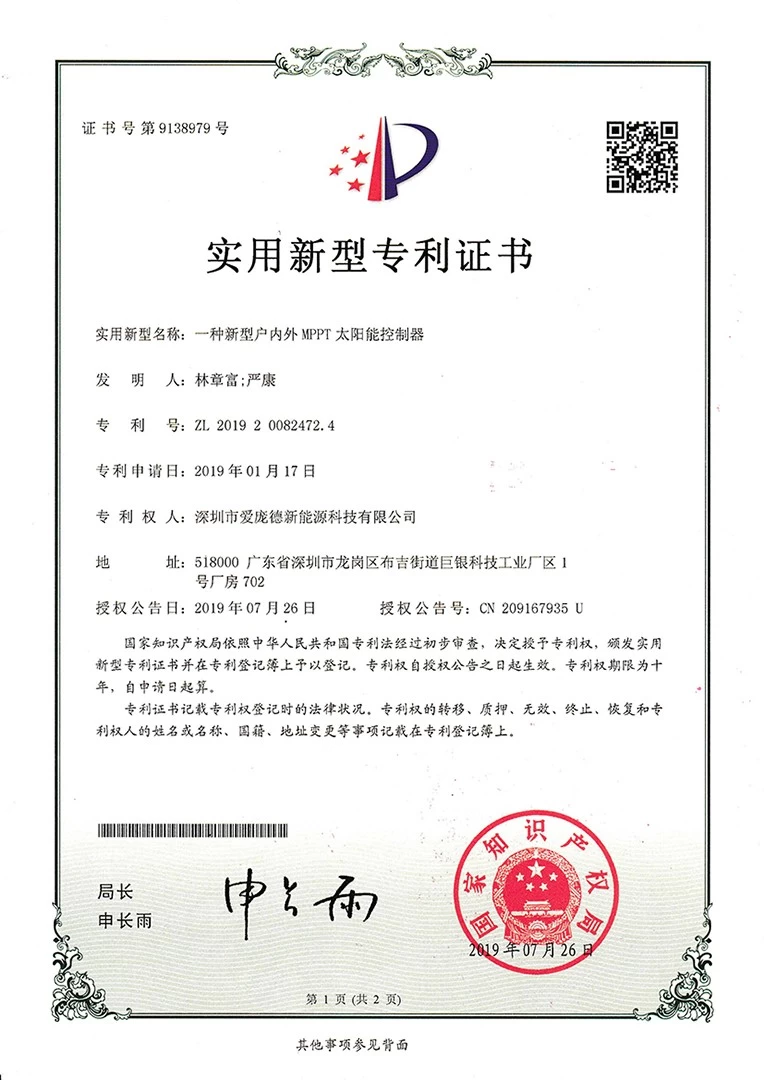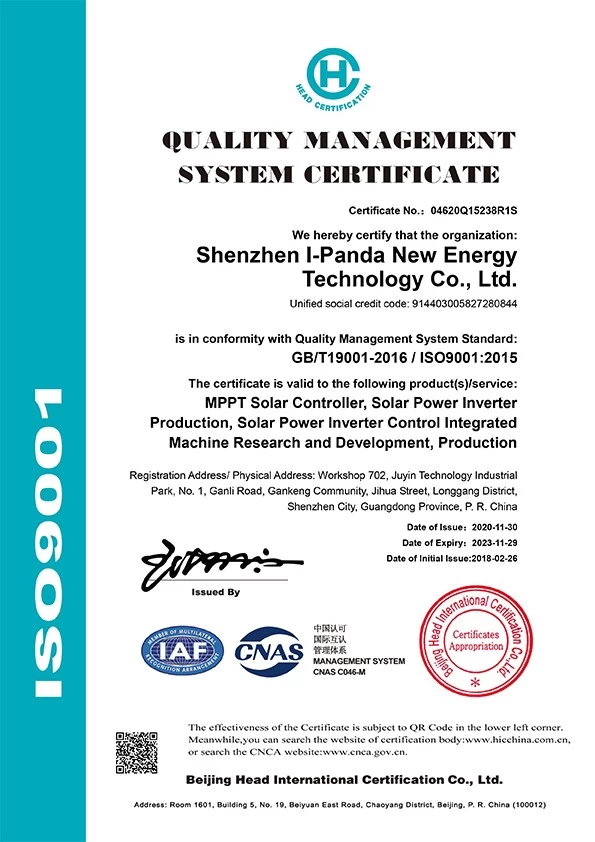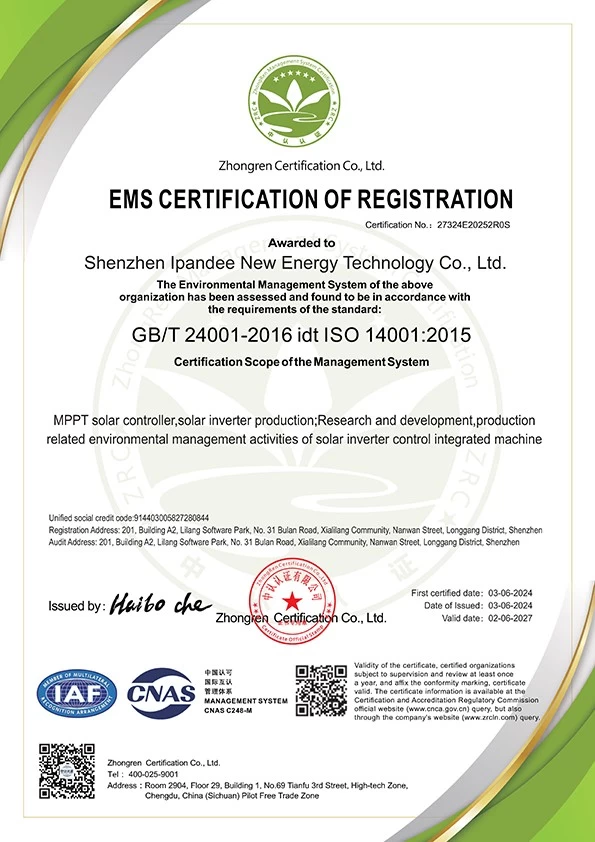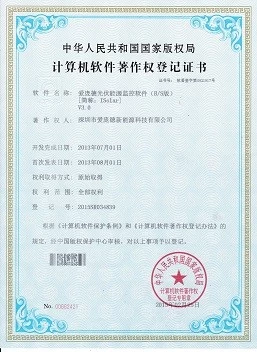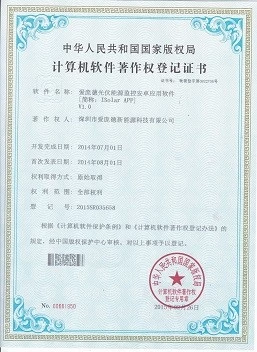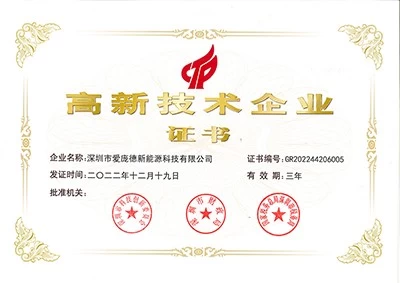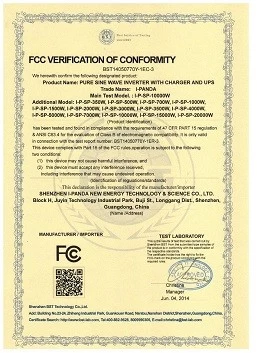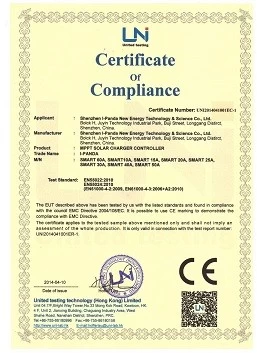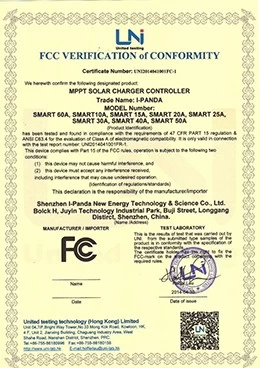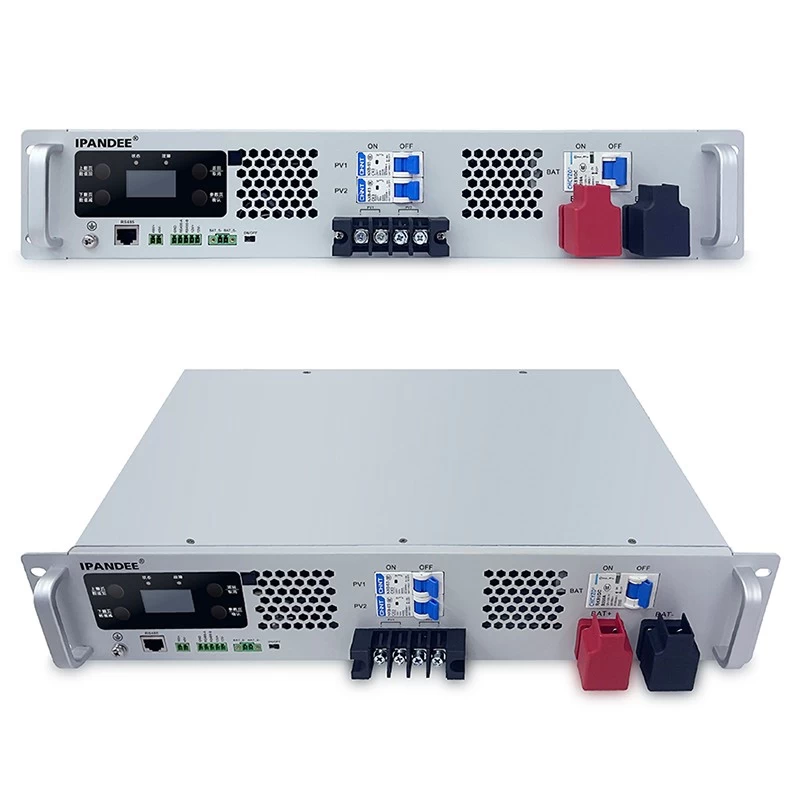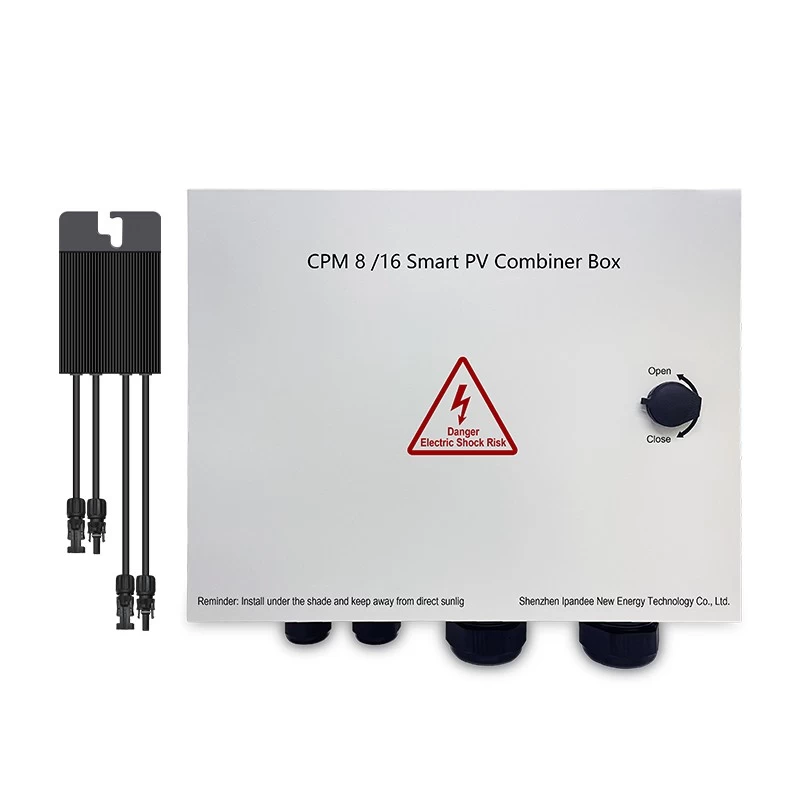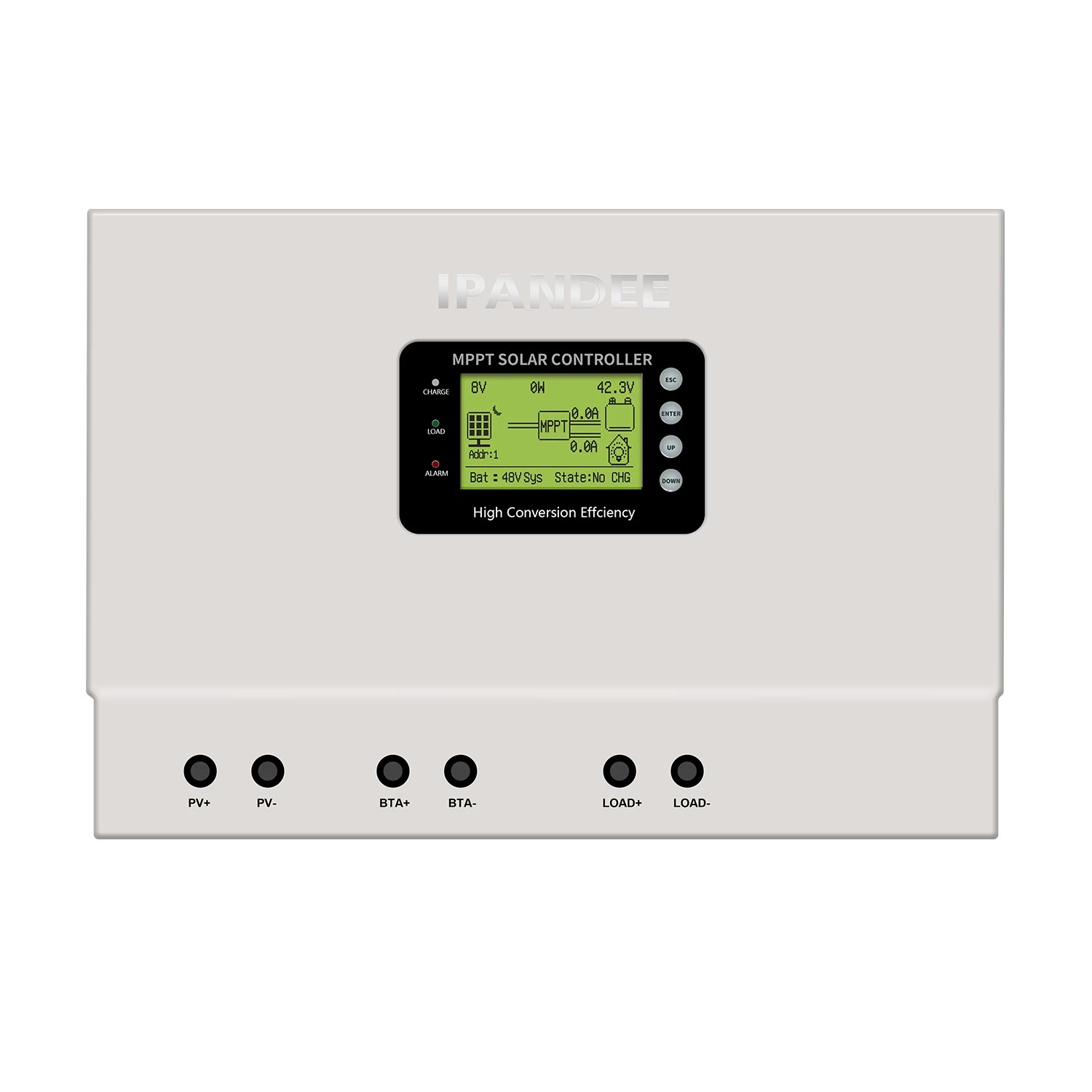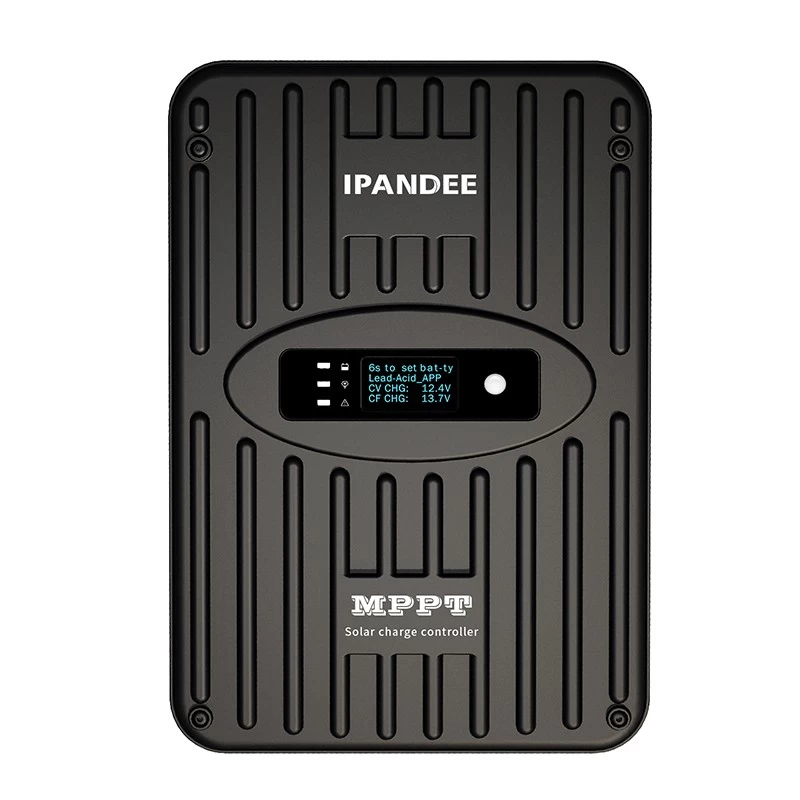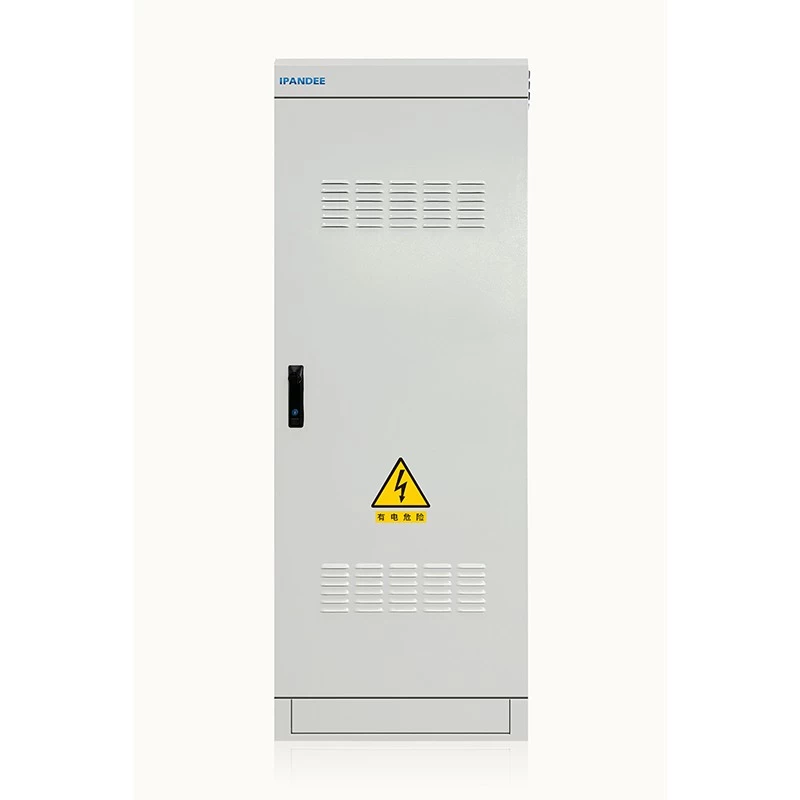Will new technology be the next driver?
Oxford PV is a startup that works with the University of Oxford. Earlier this year, it received $3 million from the UK government to develop the technology, which uses a new material to make solar cells. According to a document submitted by the US Securities and Exchange Commission, two days ago, in the United States, a company called Swift Solar raised $7 million to bring the same technology to market.
This new type of photovoltaic technology is called a perovskite battery and uses a mixed organic-inorganic lead or tin halide material as the light-trapping active layer. This is the first new technology that has been proposed for many years to provide better light conversion to electrical efficiency at a lower cost than the prior art.
Sam Stranks, SFed Solar's chief scientific advisor and co-founder, said in Ted Talk, "What really excites me is that these thin crystalline films are made by mixing two inexpensive salt-rich ones. Depositing in many different ways means that the cost of a perovskite solar panel may be less than half that of its competitors."

Solar energy
Japanese researchers first incorporated solar cells into solar cells in 2009, while perovskite solar cells are widely used in manufacturing because of their low efficiency and lack of stability. But over the past nine years, researchers have continued to improve the stability of the compounds used and the electrical efficiency of these solar cells. Oxford PV in the UK is currently developing solar cells that can achieve 37% conversion efficiency, which is much higher than existing polycrystalline photovoltaic or thin film solar cells.
This new technology is also at risk, but in order to attract buyers, the technical commitment of cost-efficiency will be greatly increased, allowing investors to invest again to support alternatives to solar energy. Oxford PV has set a world-class efficiency marker for perovskite batteries at 27.3%. This is 4% higher than existing monocrystalline silicon panels.
Oxford PV's chief technology officer Chris Case said in a statement, "Today, our pilot line is producing perovskite-based tandem solar cells. We are optimizing equipment and processes to prepare for commercial deployment."
I-Panda- Inverter manufacturer, off-grid solar controller,MPPT Solar Charge Controller Supplier, solar charge controller - Inverter factory
Disclaimer: The content is partly from the internet.In order to pass on more information, this does not mean agreeing to its views or confirming its description.Article content is for reference only.





